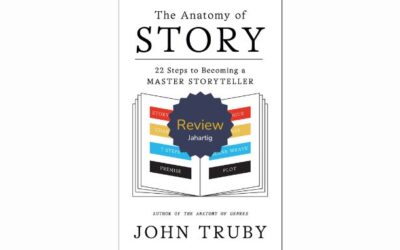During the Balloon Fiesta, Albuquerque experienced the added treat of a solar eclipse. I found special delight in observing the eclipse through the leaves of a tree, its light and dark shapes interlacing together and continually changing. I always believed beauty was deepened when light and dark danced together and longed for that depth in my work, but struggled to infuse it into the story.
Reviewing my first draft, what came to light was my characters, or avatars, weren’t carrying their weight in the story. Their roles were muddy. The conflict felt hostile and forced. I wanted to depict the light, dark, and the space in between in my protagonist but my clumsy efforts squelched the tension instead of amplifying it.
Meanwhile, feedback provided on my first act by critique partners was, “It read like a day in the life story.” I was puzzled. Whose normal days included family members who went missing, experienced suicidal ideation, and were shot by the police? When I compared my plot points to theirs of teens navigating college or the settling of a parent’s estate, my confusion grew.
What they attempted to convey was my narrative drive was weak. (Critique and feedback are huge hurdles to navigate in the writing process because of their nebulous form). The plot points were solid, but the avatar interactions, as written, weren’t effective in creating tension and curiosity. I needed to embrace character as a crucial part of storytelling and wade deep into the morass of character development.
Many craft books encouraged writers to create antagonists who were a shadow of the protagonist, or the hero. The yin to the other’s yang. Advice to explore the ‘wound’, develop a character web, or determine how much ‘chaos’, ‘order’, and ‘complexity’ (Story Grid constructs) provided little to enlighten me.
Where inspiration was found was Truby’s Four Corner Opposition as explained by Tyler Mowery. Setting up opposition through differences in mental health, values, responsibility, and beliefs around treatment provided built-in conflict to explore the issue without demonizing anybody. The methodology also worked in concert with Story Gird’s crisis matrix to create a deeper exploration of the topic.
As I reworked the avatars into the Four Corner framework, the light and dark danced between them creating depth and drive. A clear character arc emerged. The sacrifice wound of the protagonist surfaced and the healing required embracing the self-preservation shadow of the antagonist. Pieces of the story puzzle fell into place. Time to write the next draft.




0 Comments